As parents, we’re constantly low-grade worried about our little one’s diet, book selection, social interactions, and level of physical activity. If you’ve ever wondered if your toddler is getting enough exercise, you’re not alone.
Research has shown that children who are active have better health outcomes later in life. And movement isn’t just good for your toddler’s body, it’s good for their brain too. We’ve got some signs your toddler is getting enough physical activity and some tips to help your toddler get the exercise they need.
How much physical activity do toddlers need?
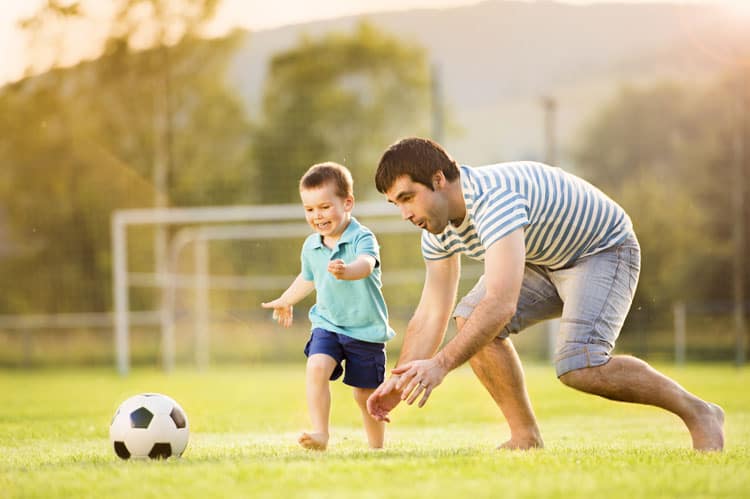
Suggestions vary, but in general your toddler should be getting 90 minutes to three hours of physical activity a day, with 30–60 minutes of those being high-intensity. Remember, all toddlers (and people) are different so your toddler might need more or less. Listen to your instincts and talk to your doctor if you have any concerns about your child’s fitness.
Signs your toddler is getting enough physical activity.
They sleep well.
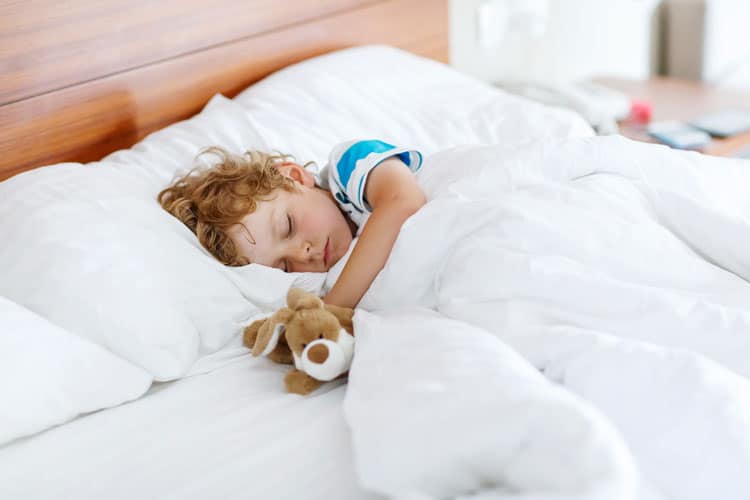
If your toddler goes down for a nap easily then that’s a good sign they’re moving enough. Like exercise, sleep plays an important role in supporting the immune system and cognitive performance. So don’t skip a nap just to get more exercise. Toddlers should be getting about 12–14 hours of sleep within a 24 hour period.
They are able to sit still for short periods of time.
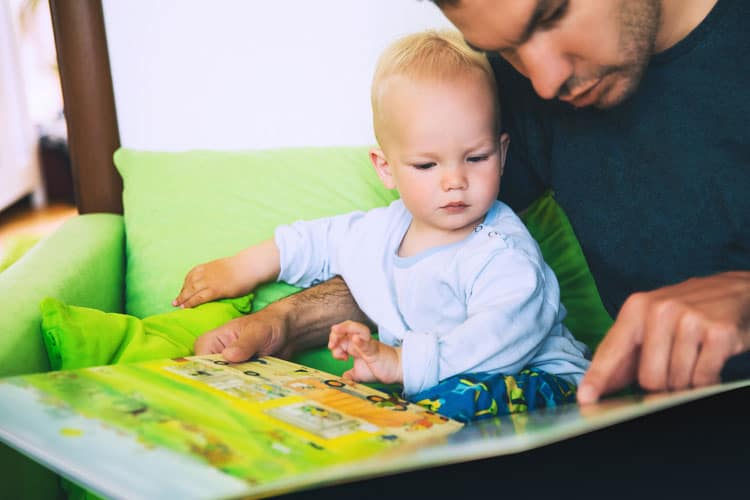
If your toddler can sit still for storytime and mealtime, then that’s another good sign they’re getting enough movement in their day. If your toddler can’t stay in one place long enough to get through The Very Hungry Caterpillar, then they might need to burn off some more energy.
They are able to focus on a task for short periods of time.
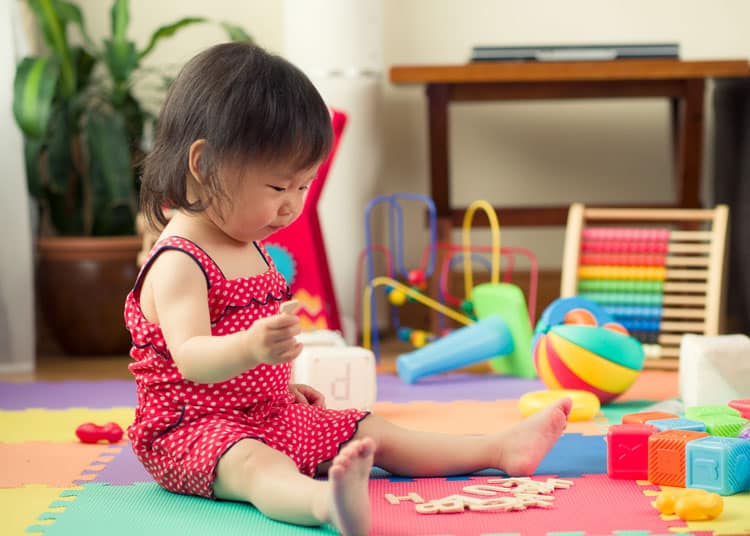
Attention span is another indicator that your toddler is or is not getting enough physical activity. Can your toddler sit still to work on their sorting or finger painting skills? If your little can’t sit still for 15 minutes during a quiet activity, they might need to get some more movement in their day
Related articles:
- Pros & Cons of Screen Time for Small Kids
- The Power of Hugs
- BabyQuip Baby Gear Rentals: How to Get Started
How to get more physical activity into your toddler’s day
Get down on the floor and play
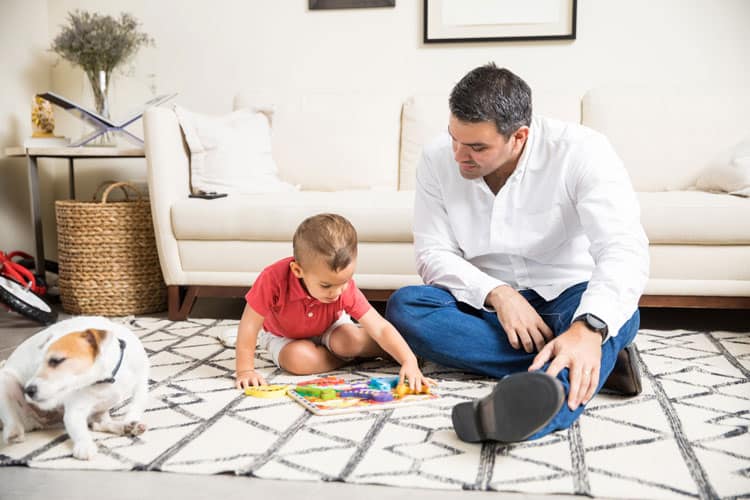
Toddlers move a lot just playing on the floor. They twist to reach for a toy, squat to pick up a book, and get into all sorts of yoga-like poses during the normal course of play. Don’t underestimate the importance of just getting up and down off the floor a hundred times each day.
You can encourage this kind of dynamic movement by creating a movement-friendly environment in your home. Low tables keep toddlers standing while they sculpt with playdough. A play-friendly rug or mat can create a welcoming surface for your little one to move on. You can create a dynamic floor that encourages climbing and jumping by stacking couch cushions.
Complete a fitness video
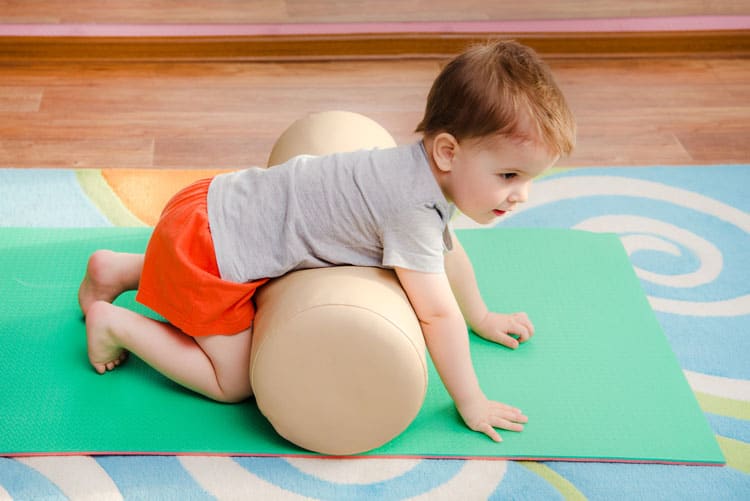
Active screen time is a great way to incorporate structured exercise time into your toddler’s day. Check out the fitness videos from GoNoodle, a free platform providing hundreds of dance, yoga, and mindfulness videos for kids. On YouTube, we love Cosmic Kids Yoga.
If you already have a favorite fitness video series, invite your toddler to workout with you. Toddlers love mimicking the adults in their life—watching you do burpees or strike a down-dog pose might be all the direction they need to explore these movements.
Go for a toddler-lead walk
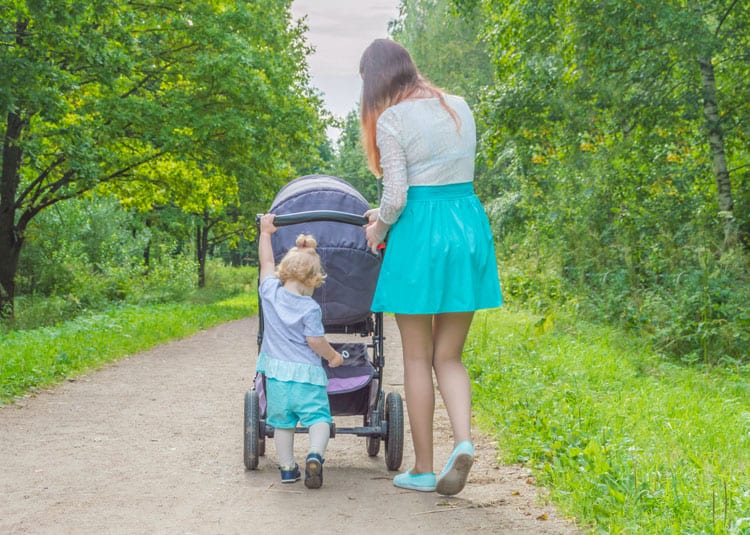
Your baby learned to walk. But toddlers need to learn how to walk—meaning they need to develop the stamina to walk for time and distance. We love Biomechanist Katy Bowman’s guide to a kid-lead walk:
- Go for a walk 2–3 times a day.
- Walk for 7–10 minutes.
- Increase the length of your walks by 2–3 minutes every week.
If you can, incorporate walking into other daily activities like going to the library or park. It doesn’t have to be complicated or require a diaper bag, just get out and walk to the mailbox. Even in cold climates, brief 7–10 minute walks are doable most days.
Dance, dance, dance

From a young age, babies move instinctively to the sound of a good beat. And the smiles and laughter they get from parents, siblings, and caregivers are the perfect encouragement to keep on dancing. All you need is music and your body—it doesn’t get much simpler than that! If you need inspiration, look up toddler dance music videos and playlists on YouTube. If you’re looking for some more formal dance training, check to see if there are any local parent-toddler dance classes in your area.
Play games
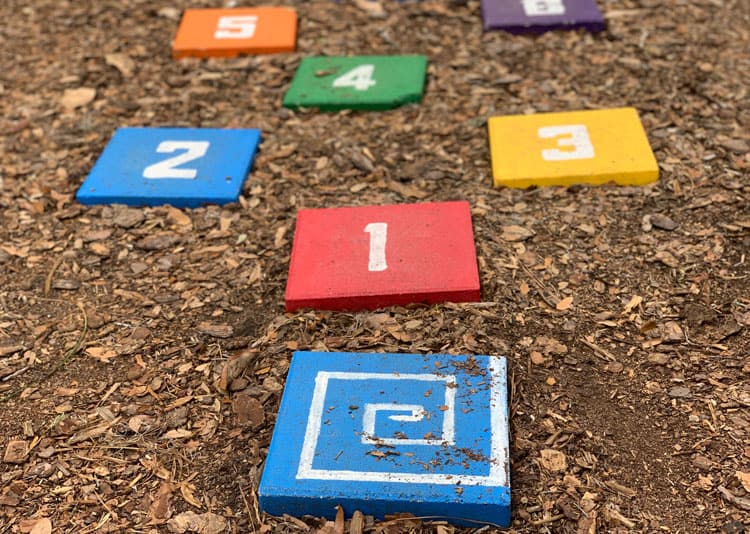
Any game that gets your toddler’s body moving, stretching, carrying a load, or experiencing resistance is a great physical activity. We love these classics: tag, hopscotch, catch, hide-and-seek, and soccer. If you have access to a monkey bar or tree branch, hanging is important for developing the shoulders and upper body. For a simple weight pulling exercise, put some stuff in a wagon and have your toddler pull it down the driveway or sidewalk.
Ride a balance bike
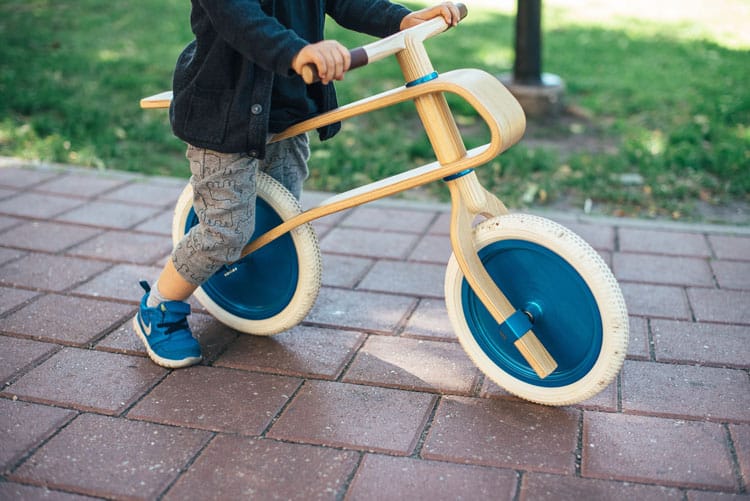
Kids who start off on balance bikes are riding two-wheelers independently sooner than kids who start off with training wheels. That’s because a balance bike requires your toddler to work on—you guessed it—their balance. All sorts of muscles are firing when your little one works to stay upright on a balance bike. There are some awesome wood styles with rubber wheels that work well indoors too, so you can keep riding all year round in any climate. Even though it’s a balance bike, a helmet is still important.
Go for a swim
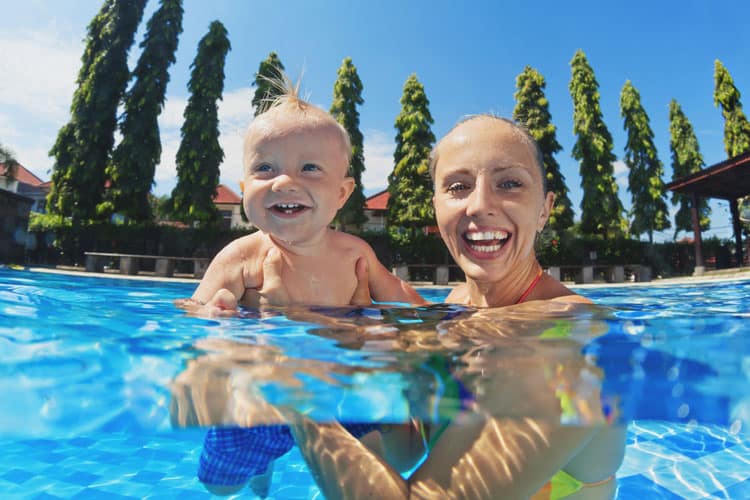
Swimming is a great full body workout. And for water loving toddlers, nothing gets them more excited than splashing in a pool or lake. Swimming teaches body awareness—as your toddler learns to swim, they learn how to use their arms and legs together. In cold climates, a weekly pool date during cold months can help you and your little one stay active.
Set up an obstacle course

An obstacle course is a great way to keep your little one’s mind and body engaged. No special equipment is required and chances are you probably already have lots of items you can use in an obstacle course. Things like chairs, pillows, buckets, laundry baskets, masking tape, and foam noodles all make great obstacle course stations. For inspiration, check out Pinterest.

Kathy is a freelance writer, an Independent Quality Provider with BabyQuip and the mother of a very active one-year-old boy. When she’s not changing diapers, developing engaging content for clients, or helping families travel with little ones, she enjoys reading, gardening, yoga, and naps.



Mine is definitely not. You would think with quarantine that I would be able to get him to do things outside but it’s so hard. Anyone else having this issue with their kids?
Obstacle courses are a big favorite at our house!
I have two kids. I think it’s easy to keep toddlers active, it’s when they get older that it becomes hard. they want to be on their devices and I’m not good (yet!) about screen restrictions.
I just would like to give a huge thumbs up for the great info you have here on this post. I will be coming back to your blog for more soon.
I love this! Thanks for the link to the yoga for toddlers – our 5 year old has been taking yoga this year and absolutely loves it. This is definitely something we can work on during weekends and breaks – at school our kids run around all the time, indoors and outdoors. But on weekends? Not as much, especially once it gets cold. Thanks for the ideas!
I love this! My two-year-old pretty much goes everywhere at a sprint and we already love the dance parties and long walks, but those kid-friendly exercise videos are a great idea for the winter days!
I love to walk with my daughter but sometimes it’s hard to get her to actually move forward. I found the solution to be having her “help” me walk the dog. I let her hold the very end of the leash while I hold closer to the dog’s collar. It’s a win-win – we both get the exercise we need and she gets the the satisfaction of helping Mommy.
I love to walk with my daughter but sometimes it’s hard to get her to actually move forward. I found the solution to be having her “help” me walk the dog. I let her hold the very end of the leash while I hold closer to the dog’s collar. It’s a win-win – we both get the exercise we need and she gets the the satisfaction of helping Mommy.
Very informative!! I sure wish my kids had balance bikes when they were young. Genius!
Great suggestions for getting toddlers to be more active! We definitely notice a difference in our little one the days she gets a good amount of active time and days she doesn’t. Love the first line about being “constantly low-grade worried” as parents of a toddler – that sums it up perfectly!